By Alex Forrest
While most cars exist primarily for the transport of ourselves and our stuff, some are made to help you savour the journey.
It explains why sports cars — even the affordable ones — are luxuries of some kind. They’re great at the fun driving experiences, but less great at getting a barbeque from the shop to your house. So you’ll need some other vehicle, or have to pay more for delivery to get those big boxes home.
So if you need to rationalise a sports car purchase, the ones most likely to get across the line are the affordable ones, like a Subaru BRZ or Hyundai i20 N.
Both are tremendously engaging to drive, with pointy handling, fizzy engines and pert proportions. They’re light on fuel but deliver high smiles per mile and while they require compromises, they also bring rewards.
Let’s see how these two go about doing just that.
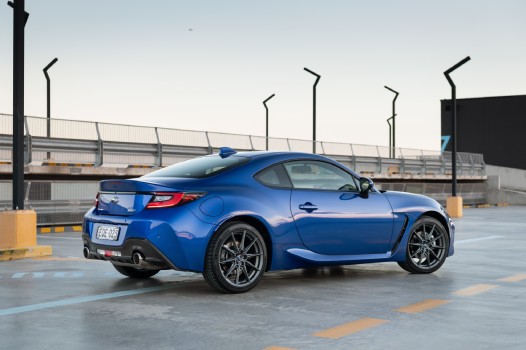
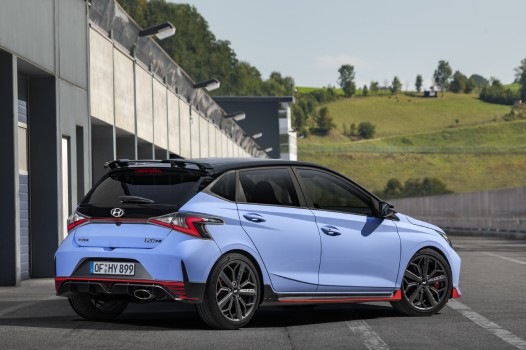
Value for money
These are affordable sports cars. The Hyundai i20 N will cost $36,630 drive away, while the Subaru BRZ will be $42,820. Both prices are for manual transmission cars, though the i20 N is only available with a manual.
The Subaru has a well-built and functional interior, but it isn’t especially luxurious. Interior fit and finish is similar in the Hyundai, however the latter does have more features that appeal to drivers.
In the i20 N, there’s a selection of driving modes and other customisation options, an exhaust you can choose to be crackly or not, and even a lap timer for when owners put their i20 N through its paces on a racetrack.
Feature-for-feature, you could say the i20 N has it over the BRZ, but there’s more to the story than that.
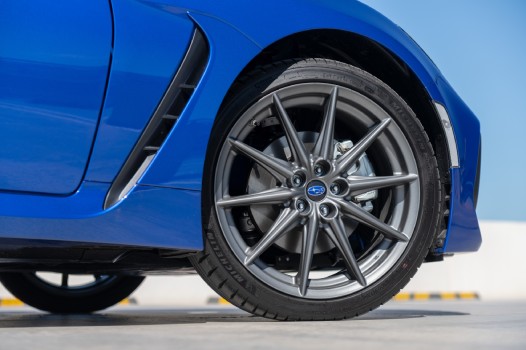
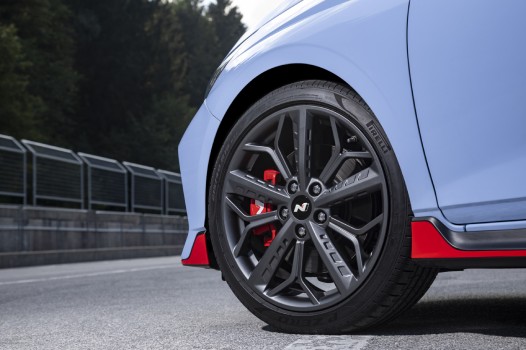
On the road
The BRZ and the i20 N are focused on delivering driving fun, but drive them back-to-back and you’ll be smiling at slightly different things.
The BRZ is a rear drive, two-door with a 2.4-litre naturally aspirated flat four engine, while the i20 N is front drive four-door hatchback with a 1.6-litre turbo in-line four.
This new BRZ is a much calmer and more enjoyable car than the previous BRZ, thanks to its engine’s peak torque arriving much earlier in the rev range, complimented by direct and beautifully weighted steering.
The i20 N’s power delivery comes with a big surge as revs climb and the turbo’s boost builds, but the car never feels like a handful. It’s like a playful puppy that wants to reward you simply because you chose it.
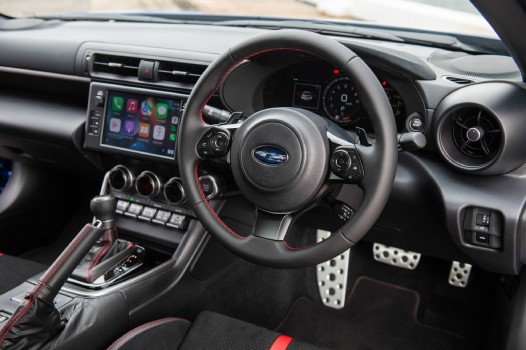
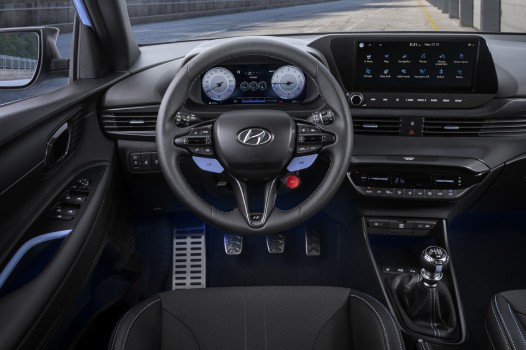
Safety and Practicality
With its eminently more useable backseats, which can be folded down for even more space, the i20 N has a notable advantage over the BRZ.
In the BRZ, there are two tiny rear seats and while these can be folded flat, there’s no hatchback and the boot opening is small, so the space isn’t as big or accessible.
With the new BRZ model came lane change assist, rear cross traffic alert and blind spot monitoring. In automatic versions, Subaru’s Eyesight suite of safety gear is available. Unfortunately, the manual doesn’t have this.
The i20 N is comprehensively equipped with safety kit as well, however neither of these two have a current ANCAP safety rating.
Verdict
Anyone who enjoys driving should be grateful these two affordable grin machines exist. The i20 N will carry two people in semi-comfort in the back seat, plus some gear in the boot. And it grips and corners like a slot car. The BRZ is a completely captivating modern incarnation of the proven rear-drive sports car format. The i20 N is cheaper and more practical, while the BRZ is more expensive but delivers a purer sports car experience. Either way, you won’t lose. But for us, it’s the BRZ by a numberplate.
| Price: | From $42,820] |
|---|---|
| Engine: | 2.4-litre petrol |
| Power: | 174kW @ 7000rpm |
| Torque: | 250Nm @ 3700rpm |
| Claimed fuel economy: | 9.5L/100km |
| ANCAP Rating: | Not rated |
| Price: | From $36,630 drive away |
|---|---|
| Engine: | 1.6-litre turbo petrol |
| Power: | 150kW @ 6000rpm |
| Torque: | 275Nm @ 1750-4500rpm |
| Claimed fuel economy: | 6.9L/100km |
| ANCAP Rating: | Not rated |
